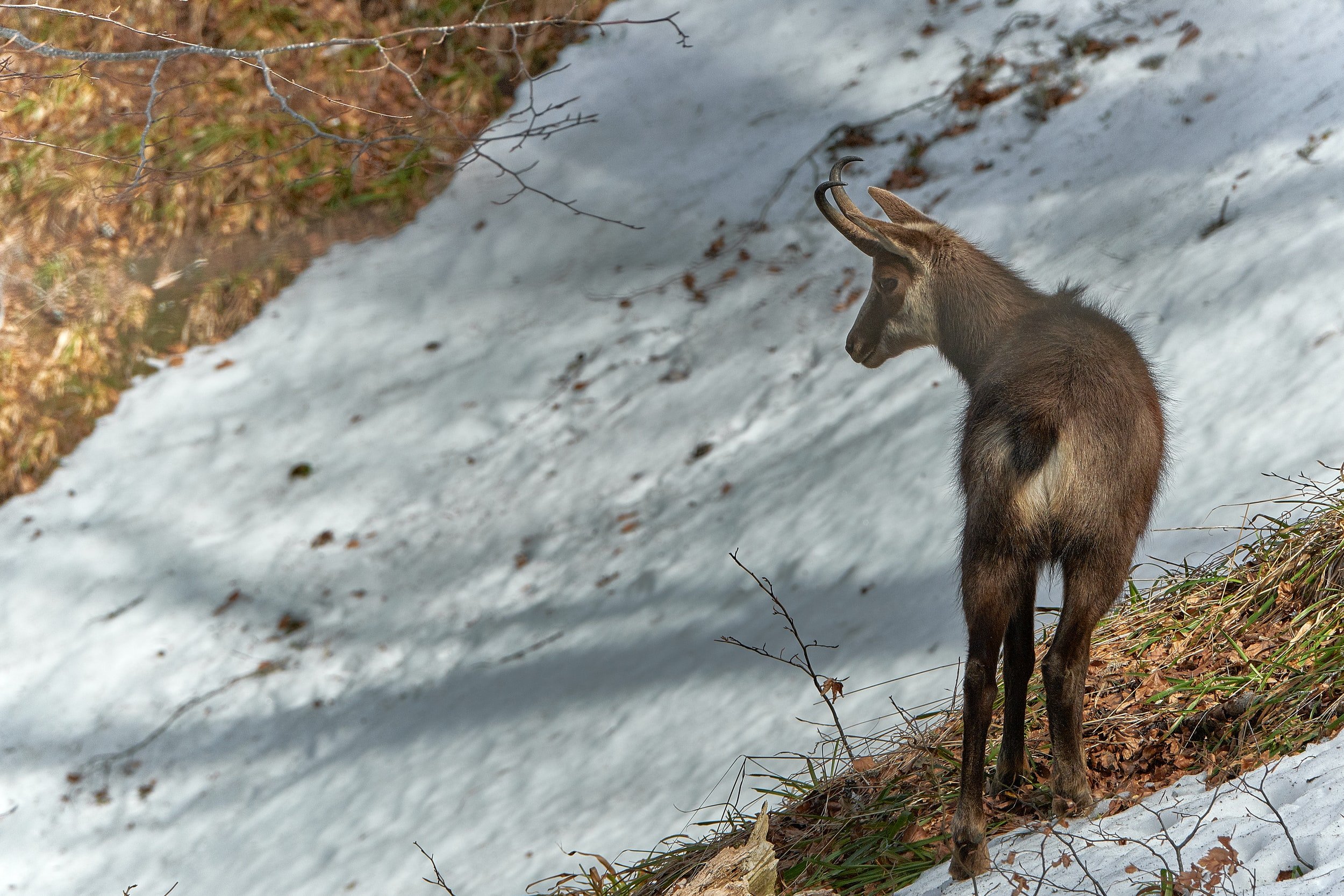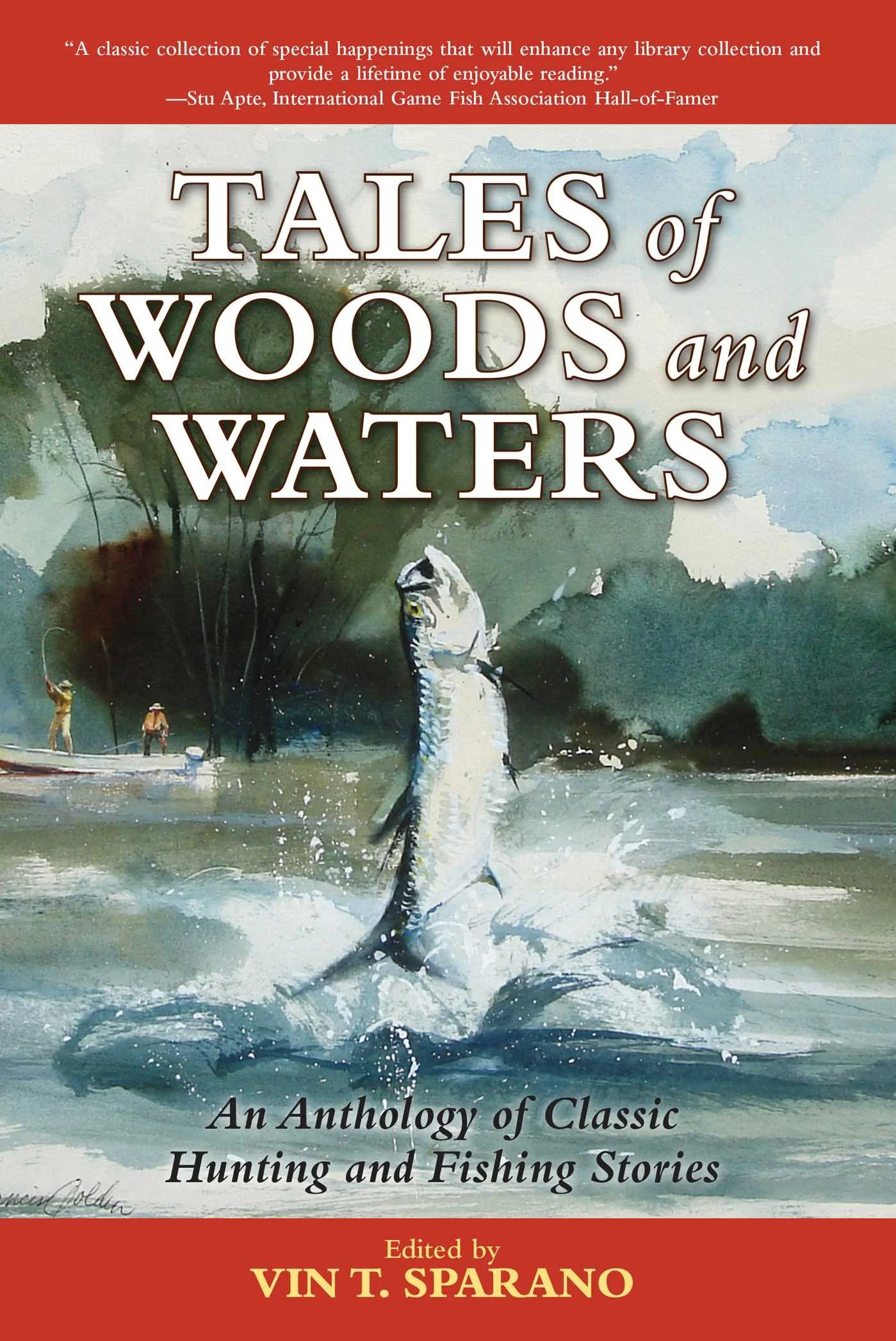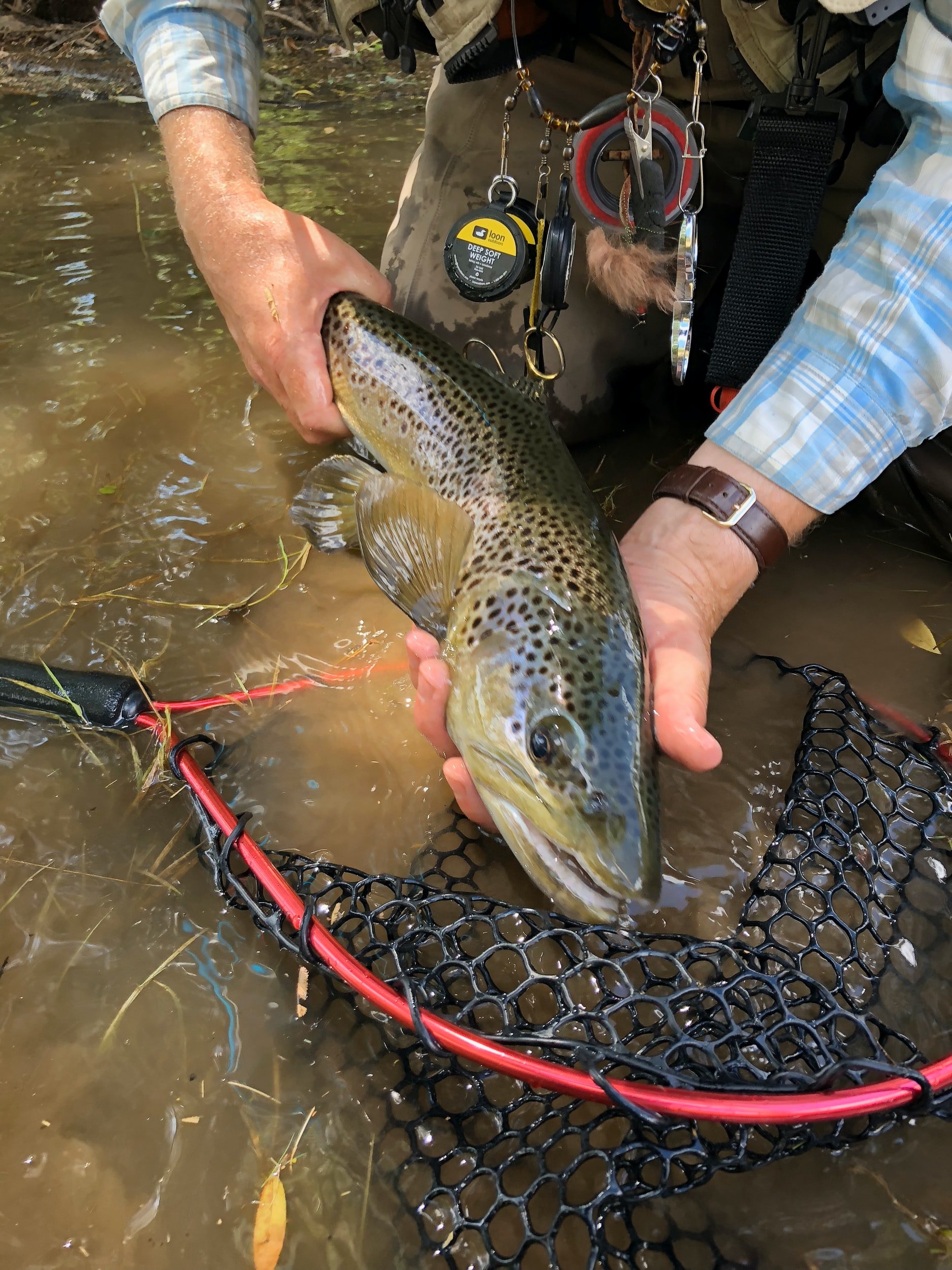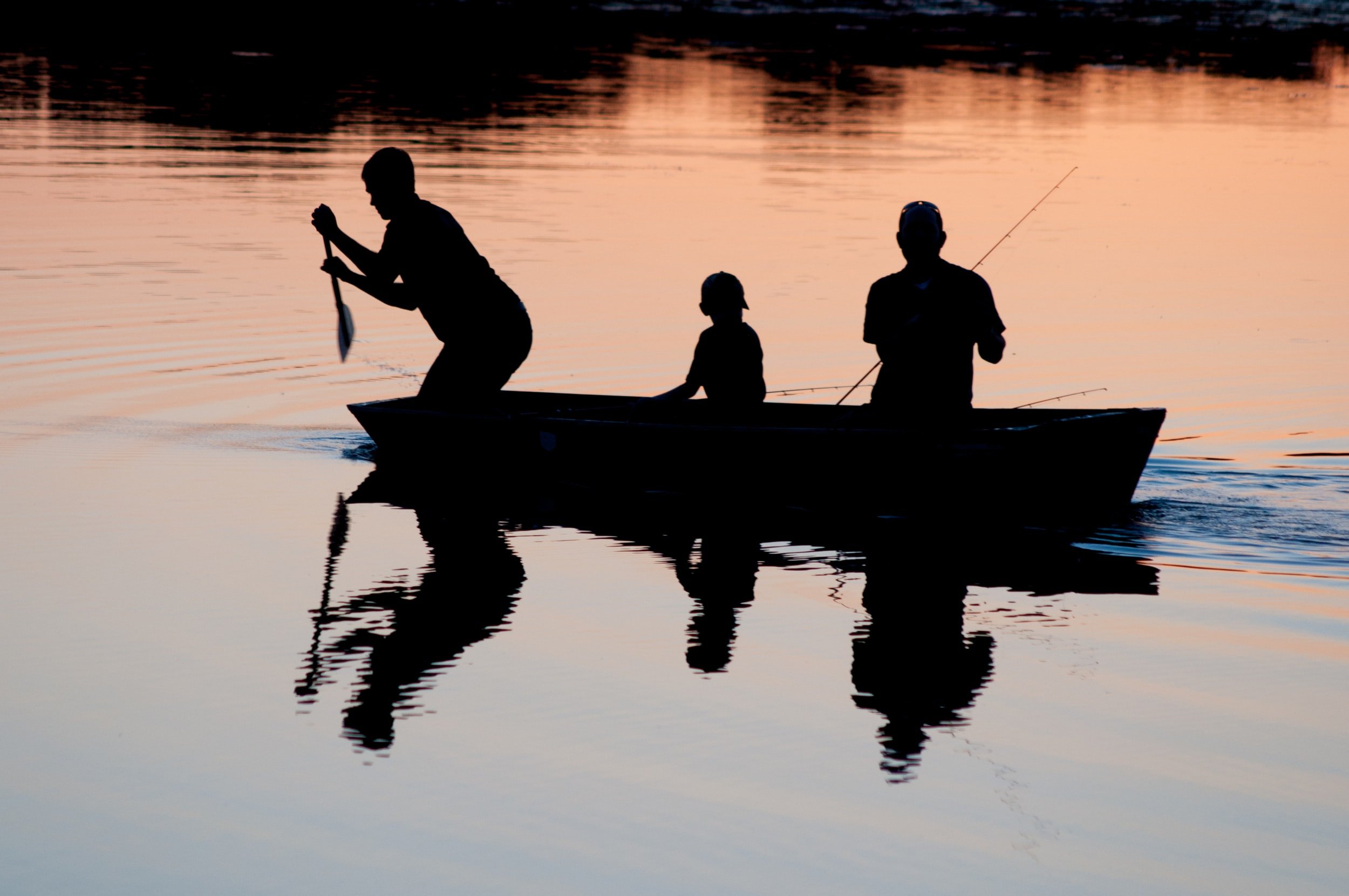Why Be a Wildlife Photographer?
So you want to be a wildlife photographer? Why?If it’s to fund an outdoor lifestyle or make a living, think again. It’s to get your money’s worth out of life, to thoroughly enjoy the beautiful natural world you’re a citizen of, more power to you. Go for it!Some 40 years ago I purchased my first real camera — a single lens reflex Yashica — and embarked on a slow, painful self-education in how to operate it. My idea was to become something called an “outdoor writer.” In those simpler times an outdoor writer sold more magazine articles if he or she was also a good wildlife photographer. I relished the challenge.Photographing wild animals in the 1970s was a romantic ideal with plenty of appeal for a country boy. With camera in hand, my hunting season never again had to end. No license, no tags, no mandatory shooting hours, no bag limits. Heck, I could even stalk and shoot creatures off limits to traditional harvest. Bluebirds, butterflies, bald eagles and whooping cranes. It was exotic, heady stuff and the perfect excuse to explore the mysterious, beautiful natural world I loved.
Male mountain bluebird on red cedar
Male mountain bluebird on red cedar is nature's mystery unveiled through a telephoto lens.Today — same story. The only difference is that it’s much harder to make a living selling images. On the bright side, it’s much easier to capture them. In the bad old days we had to live with manual cameras, manual focus lenses and slow slide film. Your exposures had to be no more than a half-stop over or under perfection or forget it. If those were the good old days, you can have them.First, you had to buy a 36 exposure roll of film. Then you had to keep it relatively cool as you hauled it around. Traveling overseas, where film was expensive or non-existent, you had to carry all you might need. And you had to prevent it from being fogged by airport scanners by insisting on a “hand check.” I flew wearing a big vest with deep, multiple pockets in which I’d stash 60 to 90 rolls of film. It paid to get to the airport early.
Mountain lion
Mountain lion is a trophy regardless what you shoot it with.Exposing the film was a double edged sword. Your goal, of course, was too expose it, but you didn’t want to waste it. Or run out. So you thought long and hard before turning on the motor drive. Even at a mere three frames per second, you’d blast through a 36-exposure roll in 12 seconds. Then you had to rewind, pop the back, remove the exposed roll without dropping it in the dirt or water, fish out a fresh roll, start the plastic film strip in the take-up reel, close the back, snap off two or three waste frames to get past any light exposed strips, and finally start shooting again. Chances are your subject had, in the interim, struck twenty of the best poses of its life. And if you had a friend shooting with you, he or she would have captured them all. Wildlife photographer indeed!Frustrating, yes, but that was just the start. Once you exposed a roll, you had to protect it from dust, water, heat and x-rays until you got home. Then you had to package it up and send it to a lab for processing, insuring it against loss by the the U.S. Postal Service or Fed Ex. A week or so later the developed slides would return (if not lost on the return trip) and you’d tear into them, leaning over a light box with a 10x loupe (magnifier) to wail or cheer. Out of focus, subject moved, too dark, too light, camera shake, not enough depth of focus… Wait! What? Dead sharp. Highlight in the eye. Perfect exposure. No wing tip cut off! Perfect cover shot… But wait. What’s that? A scratch? A scratch cutting through the first layer of the emulsion, ruining the shot.
Male house finch in crab apple
Male house finch in crab apple is more than just another gray tweety bird when shot with a 600mm lens.Film scratches were a constant menace. They came as a result of an offending mite of debris caught in the film canister gate, on the camera pressure plate or on one of the many rollers at the processing lab. Of course, you dusted your camera religiously, opened the back with the lens pointing up and took every precaution. But the lab? Well, the lab never scratched anything. Must have been your camera. Who knew for sure? But when 20 rolls shot in two different bodies came back with the same scratch across every frame…Yeah, it was tough sledding in the good old days. But that helped keep prices up. Not many photographers were capturing perfect images, so those who put in the time, sweat and money got the sales. A single image, 1/4 page or smaller, could fetch $400 in some of the hunting magazines in 1980.
Grasshopper
Even a grasshopper can be the object of a camera hunt.So fast forward to the digital 21st century wildlife photographer who has 128 GB cards that hold hundreds of images -- and never scratch. Lenses that autofocus almost at the speed of light. Photoshop for fixing three stops of under exposure, removing limbs, adding missing wingtips and more. Although 10,000 monkeys banging away on 10,000 keyboards might not crank out a Shakespeare sonnet, give them each a digital SLR and they’d get a few sellable images. Multiply this by 100,000s of amateur, hairless apes like you and me and you’ve got an overly saturated market. Wildlife photographer. Dime a dozen.But that doesn’t negate the thrill of the hunt or the satisfaction of being a wildlife photographer. Outdoor photography today may not be a viable career option, but it’s one of the most satisfying avocations you can indulge.Just imagine. With a camera and two or three lenses, you can plot, plan and mount expeditions to the wilds of Borneo. Or just your backyard. With a macro lens the world of insects and flowers becomes a magical universe unveiled. With a big telephoto that gray little bird becomes a finely streaked gem washed with strawberry blush. With camera and lens you are free to prowl the canyons of the Rockies, shooting Boone & Crocket elk a thousand times, piling up photo after photo of trophy mule deer, moose, caribou, pronghorns, bears, wolves. All the spectacular wildlife you’ve dreamed of hunting can be yours — when you’re armed with a camera. No once-in-a-lifetime tags to draw and punch. No expensive non-resident licenses. No closed seasons. No taxidermy bills. Hunt often with your camera’s and by the time you do win or can afford those expensive hunting tags, you’ll be an expert.Career or no career, sales or no sales, I wouldn’t miss the joy I get from being a wildlife photographer, and I bet you won't either. Caribou bull velvet backlit.This caribou burned chemically onto slide film was a top quality shot in its day. It's still not bad.Back in the 1980s Ron Spomer used to shake with buck fever when he got his lens focused on a heavily antlered buck that filled the frame of his camera. He still does.












